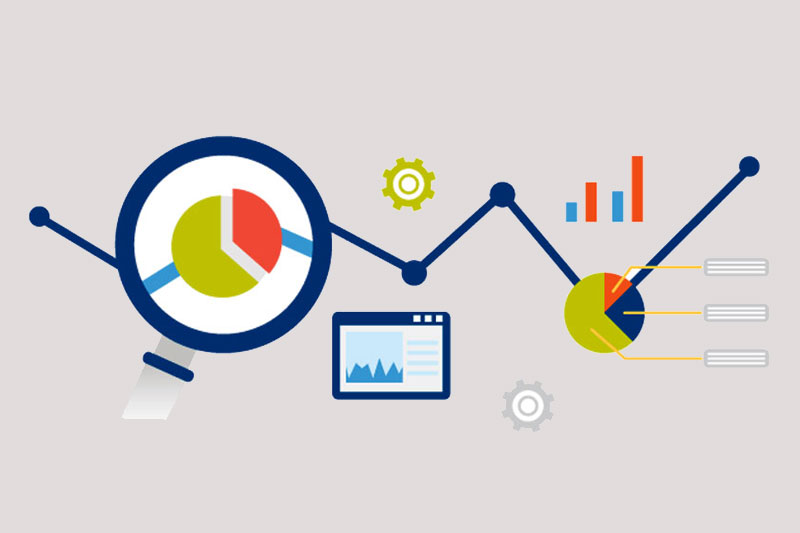A dashboard is a graphical representation of key performance indicators (KPIs) or other information collected by a business. It can be used to monitor and track progress over time, identify areas for improvement, and make informed decisions about how best to allocate resources.
There are many different types of dashboard marketing measures, but some common ones include:

Image Source: Google
-Website visits: This metric measures the total number of visitors to your website from all sources, including direct traffic, referred traffic, and search engine traffic.
-Pageviews: This metric measures the total number of pages on your website viewed by users.
-Unique visitors: This metric measures the total number of unique visitors to your website.
-Engagement rates: This metric measures the percentage of users who interact with your content (e.g. leave comments on blog posts, share your content on social media, sign up for email updates).
-Clickthrough rates: This metric measures how many times users click through from a web page to reach the desired destination (e.g., an article or product page).
-CPA (cost per acquisition): This metric calculates the cost associated with acquiring one new customer through your website.
Here are the most common benefits of using dashboard marketing metrics:
1. Increased Efficiency and effectiveness: By knowing what is working and what isn’t, you can streamline your overall marketing efforts and save time and money.
2. Improved insights: Dashboards allow you to see patterns in your data that you might have otherwise missed. This can help you make more informed decisions about your marketing strategy, target your audience better, and boost ROI.
3. Greater visibility into campaign performance: With easy-to-use charts and graphs, you can easily see how different elements of your campaign are performing. This knowledge can help you make better strategic decisions about future campaigns and improve upon past successes.
